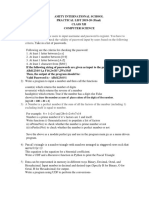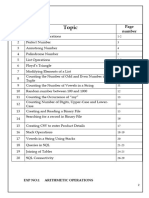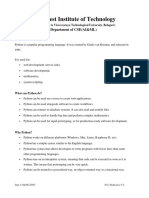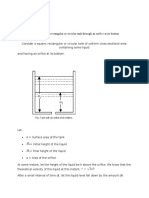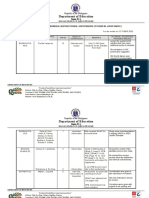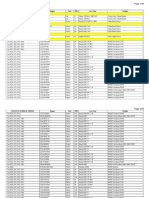0% found this document useful (0 votes)
17 views5 pagesPrograms
The document outlines a series of programming tasks, including reading student details, generating Fibonacci sequences, calculating factorials, and determining senior citizen status based on age. It also covers statistical calculations like mean, variance, and standard deviation, as well as text processing tasks such as counting word frequency and sorting file contents. Additionally, it includes error handling for division operations and backing up folders into ZIP files.
Uploaded by
WOLFIECopyright
© © All Rights Reserved
We take content rights seriously. If you suspect this is your content, claim it here.
Available Formats
Download as PDF, TXT or read online on Scribd
0% found this document useful (0 votes)
17 views5 pagesPrograms
The document outlines a series of programming tasks, including reading student details, generating Fibonacci sequences, calculating factorials, and determining senior citizen status based on age. It also covers statistical calculations like mean, variance, and standard deviation, as well as text processing tasks such as counting word frequency and sorting file contents. Additionally, it includes error handling for division operations and backing up folders into ZIP files.
Uploaded by
WOLFIECopyright
© © All Rights Reserved
We take content rights seriously. If you suspect this is your content, claim it here.
Available Formats
Download as PDF, TXT or read online on Scribd
/ 5



































